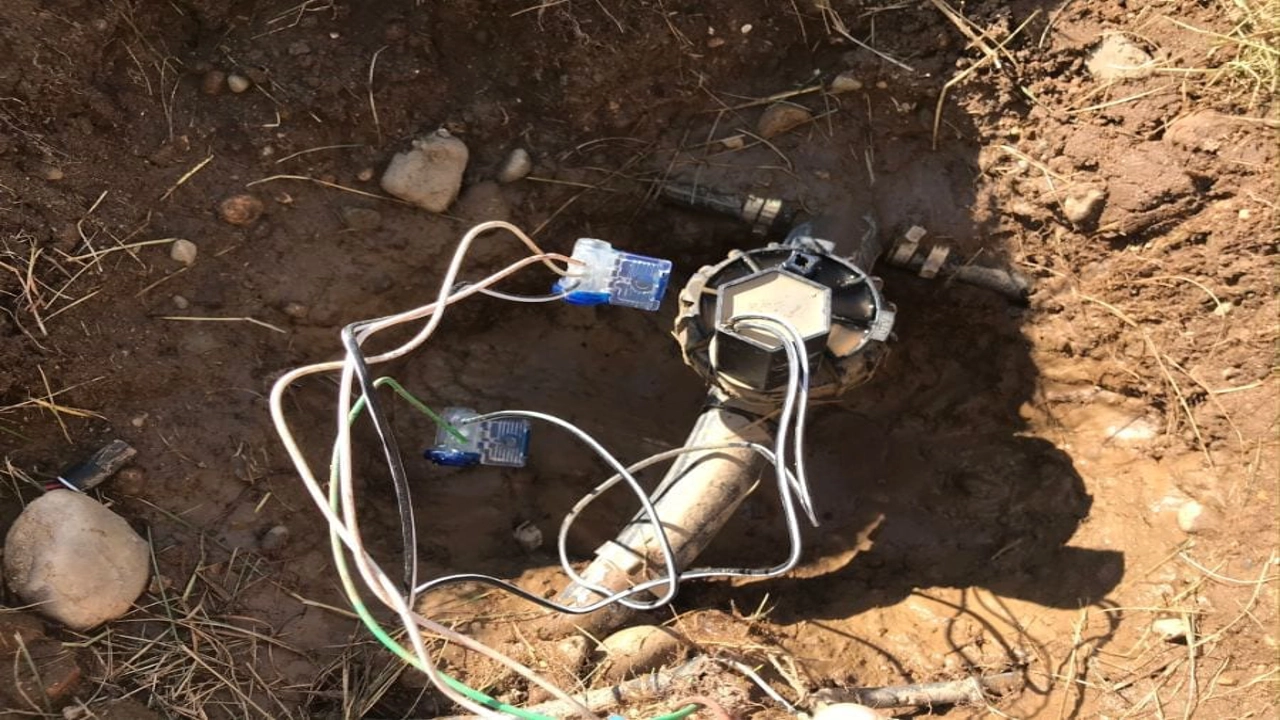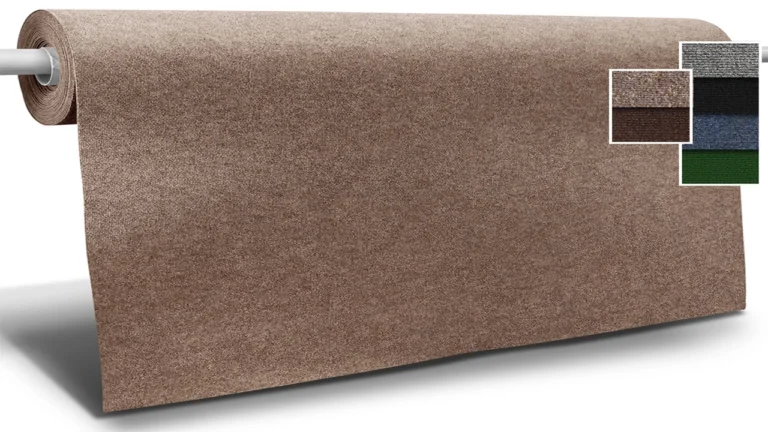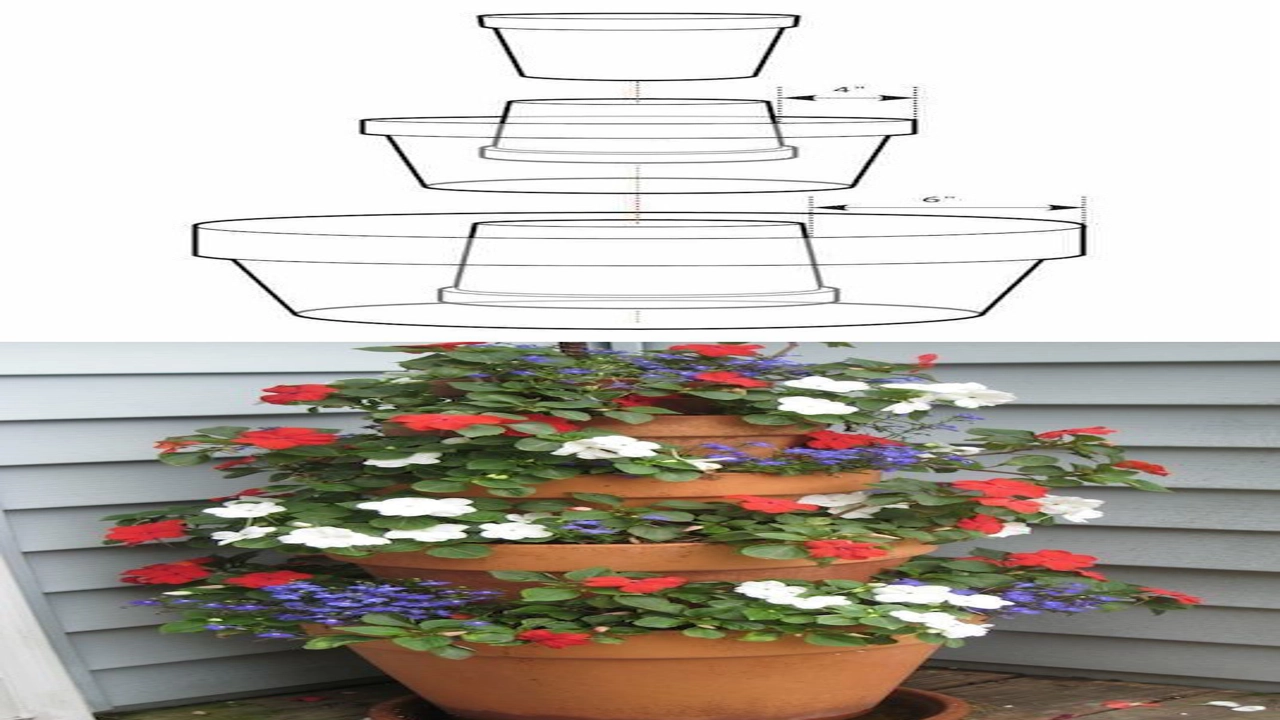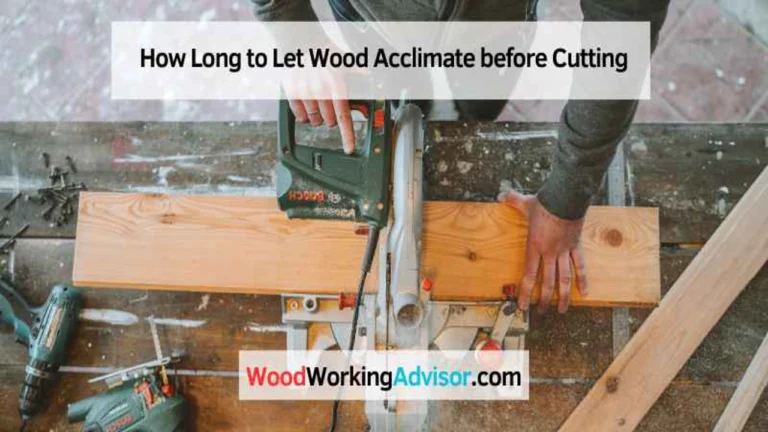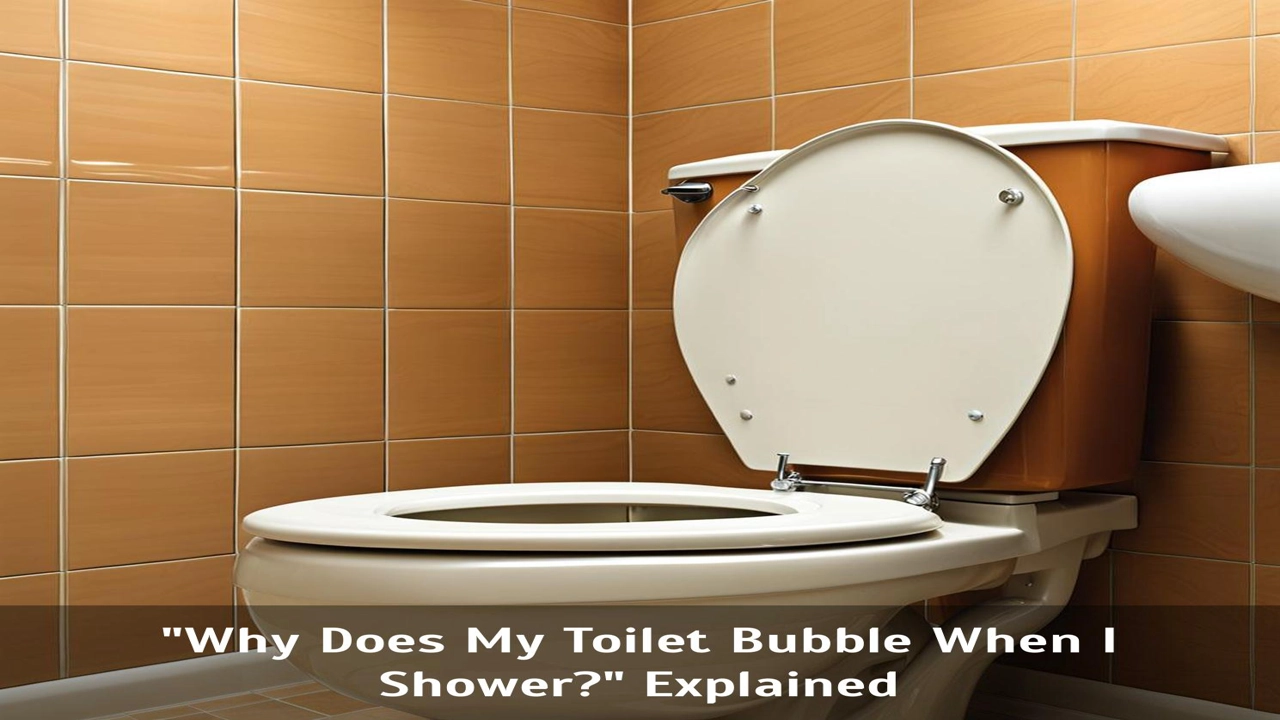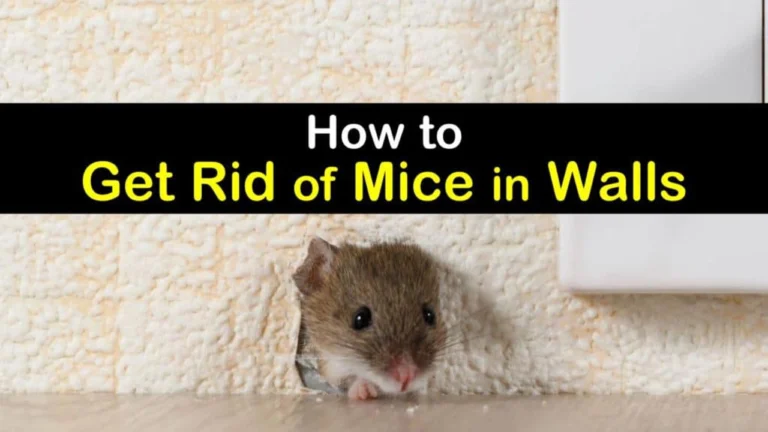Uncover your sprinkler line depth how deep do they go
How Deep Are Sprinkler Lines?
How deep are sprinkler lines? This is a common question for homeowners considering installing a sprinkler system. The depth of your sprinkler lines depends on several factors, including your climate, soil type, and the type of sprinkler heads you choose. In general, sprinkler lines should be buried deep enough to protect them from freezing and damage during the winter months.
You also need to consider the root depth of your plants and trees. Sprinkler lines should be installed at a depth that avoids interfering with their root systems. A professional sprinkler installer can help you determine the best depth for your specific needs.
how deep are sprinkler lines really
Installing a sprinkler system is a great investment for your lawn and garden, ensuring consistent watering and saving you time and effort. But before you start digging, one crucial question arises: how deep are sprinkler lines? The answer depends on several factors, but understanding the basics is essential for a successful and long-lasting irrigation system.
Why Does Depth Matter?
Sprinkler lines are buried beneath the soil to protect them from the elements and prevent damage from lawnmowers and other landscaping equipment. But how deep are sprinkler lines is not just about safety; it also affects the performance of your system.
- Frost Protection: In colder climates, sprinkler lines need to be buried deep enough to avoid freezing and potential damage. Frost can cause pipes to burst, leading to costly repairs and system downtime.
- Root Growth: Roots from trees and shrubs can grow towards moisture sources, potentially damaging sprinkler lines. Deeper installation can help minimize this risk.
- Ease of Access: If lines are buried too deep, repairs and maintenance become more difficult and expensive.
Determining the Right Depth
The ideal depth for your sprinkler lines depends on factors like:
- Climate: Colder climates require deeper burial to prevent freezing.
- Soil Type: Clay soil retains moisture better than sandy soil, potentially allowing for shallower installation.
- Tree Roots: Areas with large trees need deeper installation to avoid root damage.
- Local Building Codes: Check with your local authorities for any regulations regarding sprinkler line depth.
Recommended Sprinkler Line Depths:
- General Recommendation: Most experts recommend burying sprinkler lines at least 18 inches deep, but this can vary depending on your specific location and conditions.
- Colder Climates: In areas prone to freezing, consider burying lines 24 inches deep or deeper.
- Heavy Root Systems: In areas with large trees or invasive root systems, consider digging even deeper, up to 30 inches or more.
How to Determine the Right Depth for Your Yard
- Consult a Professional: A landscape irrigation specialist can assess your property and recommend the most appropriate depth for your sprinkler lines.
- Consider Your Climate: Research the average frost depth in your area and adjust your depth accordingly.
- Analyze Your Soil Type: Test your soil to determine if it is sandy, loamy, or clay. This will help you determine the ideal depth.
- Check for Tree Roots: Identify any potential root hazards and adjust your depth accordingly.
Tips for Installing Sprinkler Lines at the Right Depth
- Use a Laser Level: This ensures consistent depth throughout your installation.
- Mark the Depth: Use a stake and string to mark the desired depth along your digging line.
- Check Frequently: During the digging process, check the depth frequently to ensure consistent installation.
Beyond Depth: Understanding Sprinkler Line Installation
Once you’ve determined the right depth for your sprinkler lines, you need to understand the other aspects of installation. This includes:
- Choosing the Right Pipe: Select a durable and appropriate pipe material like polyethylene (PE), PVC, or copper.
- Proper Fittings: Ensure you use the correct fittings and connections to prevent leaks and damage.
- Backfilling: Backfill the trenches with the excavated soil, compacting it firmly to prevent settling.
- Testing the System: After installation, thoroughly test the system for leaks and ensure proper function.
Investing in Your Lawn and Garden
Knowing how deep to bury sprinkler lines is a crucial step in ensuring a successful and efficient irrigation system. Investing the time and effort in proper installation pays off in the long run, providing a healthy lawn and garden while saving you time, water, and money.
how deep do sprinkler lines really go you ll be surprised
Sprinkler systems are a common sight in many yards, ensuring lush green lawns and vibrant gardens. But have you ever wondered how deep those sprinkler lines are buried? The answer isn’t a one-size-fits-all solution, and the depth can vary depending on several factors.
Factors Affecting Sprinkler Line Depth
- Climate: In areas with harsh winters and freezing temperatures, sprinkler lines need to be buried deeper to prevent them from freezing and potentially cracking. This is because frozen water expands, which can put pressure on the pipes and cause damage.
- Soil Type: Sandy soils drain water quickly, so sprinkler lines can be shallower. Clay soils, however, retain water and are more prone to frost heave, so deeper burial is often necessary.
- Plant Roots: Trees and shrubs have extensive root systems that can grow close to the surface. If your sprinkler lines are too shallow, they may be damaged by these roots.
- Local Codes: Many municipalities have regulations regarding the minimum depth for burying sprinkler lines. You can find these regulations online or by contacting your local building department.
How Deep Are Sprinkler Lines Really?
The typical depth for burying sprinkler lines is 18-24 inches. However, as mentioned above, this depth can vary depending on the factors discussed earlier. In colder climates, you may need to bury your lines as deep as 30 inches or more to prevent them from freezing. Conversely, in warmer climates with sandy soils, you might get away with burying them at 12 inches or less.
Why is Depth Important?
- Freezing and Thawing: If your sprinkler lines are not buried deep enough, they are more likely to freeze during winter. This can lead to damage to your pipes, potentially causing leaks and flooding.
- Root Damage: Shallowly buried lines can be damaged by tree roots. This can lead to leaks and disruptions in your irrigation system.
- Efficiency: Buried too shallowly, your sprinkler system might not be as efficient. You’ll need to run your system longer to reach all the roots.
Tips for Determining the Right Depth for Your Sprinkler Lines
- Consult with a professional: If you are unsure about the appropriate depth for your sprinkler lines, consult with a landscape professional or irrigation specialist. They can help you determine the best depth for your specific needs.
- Check local codes: Contact your local building department to find out the minimum depth required for burying sprinkler lines in your area.
- Consider your climate: If you live in a climate with harsh winters, bury your lines deeper than in warmer climates.
- Look at your soil type: Sandy soils allow for shallower burial, while clay soils require deeper depths.
Determining the depth of your sprinkler lines is crucial for ensuring their longevity and efficient operation. By considering the factors discussed above, you can make informed decisions to protect your investment and keep your lawn and garden thriving.
Sprinkler Line Depth: Frequently Asked Questions
Q: Why do I need to know how deep my sprinkler lines are?
A: Knowing the depth of your sprinkler lines is important for several reasons. If you need to repair or replace them, knowing the depth will help you determine the best way to access them. It can also help you avoid damaging the lines when digging in your yard.
Q: What is the typical depth for sprinkler lines?
A: The standard depth for burying sprinkler lines is 18 to 24 inches. This depth helps protect the lines from freezing and damage from lawn mowers or other equipment.
Q: Can I bury my sprinkler lines shallower than 18 inches?
A: It is not recommended to bury your sprinkler lines shallower than 18 inches. In colder climates, shallow lines are more prone to freezing and damage.
Q: Can I bury my sprinkler lines deeper than 24 inches?
A: While burying your lines deeper than 24 inches is possible, it is generally unnecessary. The deeper the lines, the more difficult they are to access for repairs or replacements.
Q: What factors influence the depth of sprinkler lines?
A: The depth of sprinkler lines is determined by several factors, including the climate, the type of soil, and the type of sprinkler system. You should consult with a professional for the best depth for your specific situation.
Q: How can I find out how deep my sprinkler lines are?
A: There are a few ways to determine the depth of your sprinkler lines. You can use a metal detector to search for the lines, or you can carefully dig a test hole in your yard. You can also contact the previous owner of the property or consult with a professional.
Q: What if my sprinkler lines are too shallow?
A: If your sprinkler lines are too shallow, you may want to consider having them reburied at a deeper depth. A professional can help you determine the best course of action.
Q: What if I accidentally damage my sprinkler lines while digging?
A: If you accidentally damage your sprinkler lines, you should contact a professional immediately for repairs. Attempting to repair the lines yourself could result in further damage and could even cause flooding.
Conclusion
In conclusion, knowing the depth of your sprinkler lines is crucial for efficient watering and avoiding costly repairs. Factors like soil type, climate, and the type of sprinkler system you have all influence the ideal depth. Consider these factors when planning your sprinkler system or troubleshooting existing issues. By understanding the relationship between depth, water flow, and root development, you can maximize the effectiveness of your sprinkler system and ensure your plants thrive.
Share your experience with sprinkler lines in the comments below. What depth have you found to be most effective in your area? Do you have any tips or tricks for optimizing sprinkler system performance? Let’s discuss and learn from each other. Don’t forget to share this post with your gardening friends on social media!

